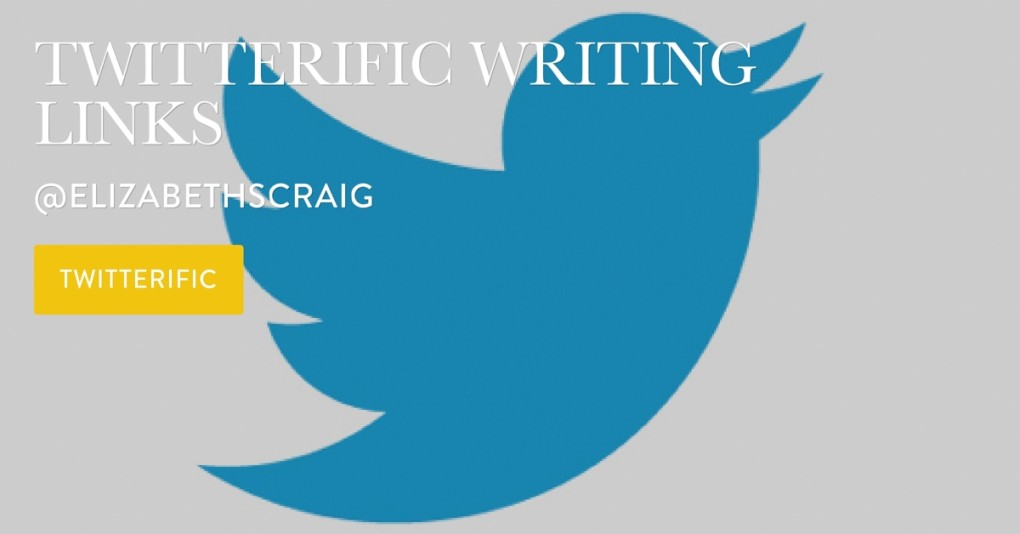by Elizabeth S. Craig, @elizabethscraig
This is about the time when I start wondering where the year has flown off to.
To keep from saying this in December and feeling very off-track, I’ve got a date set in my calendar around now to check in and see how I’m doing so far.
The check-in isn’t only for my writing, but also for my writing business. And summer is a great time to check in with business because we all experience that middle of the summer slowdown. It’s a slowdown of sales and a slowdown online, in general. Blogs are quieter and social media is somewhat more erratic.
You could be as detailed or as broad with this as you want. Some years I really don’t have time to do more than look and see if I’m on track to put out the number of books that I wanted to publish and to glance over sales and see if I need to run a special. Some years I have more time to be reflective and to cover a broader area.
Ideally, for me, I’m trying to review the different areas below (and some of them could belong under more than one heading).Continue reading




